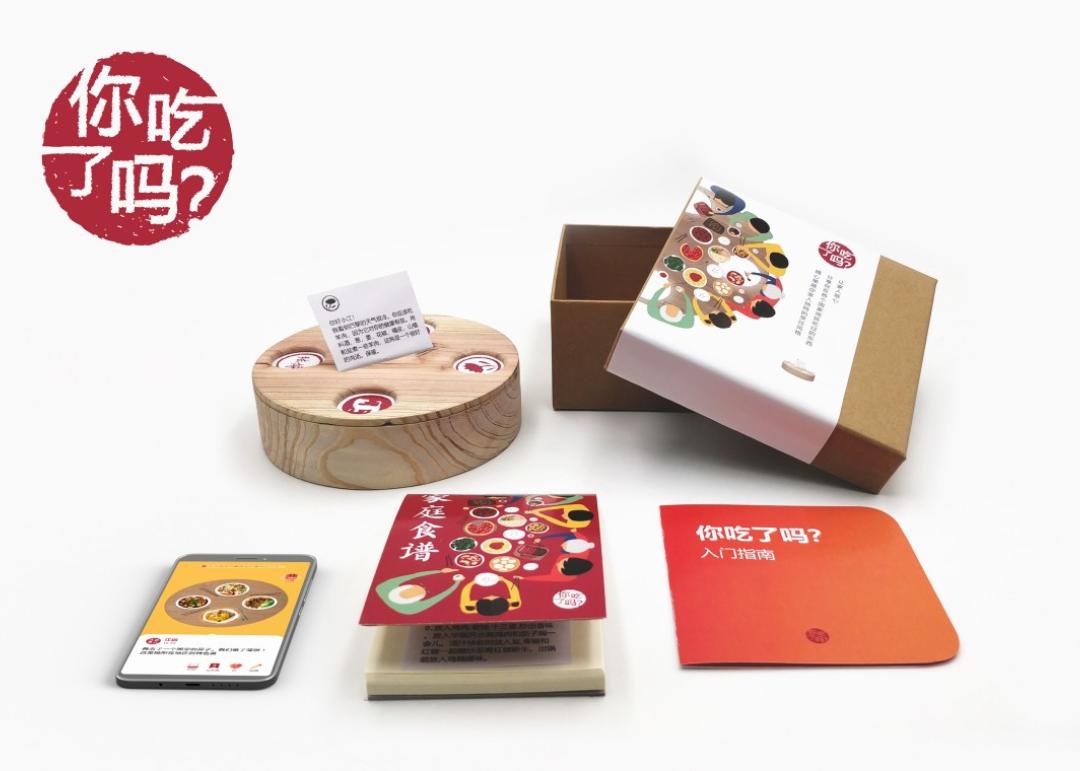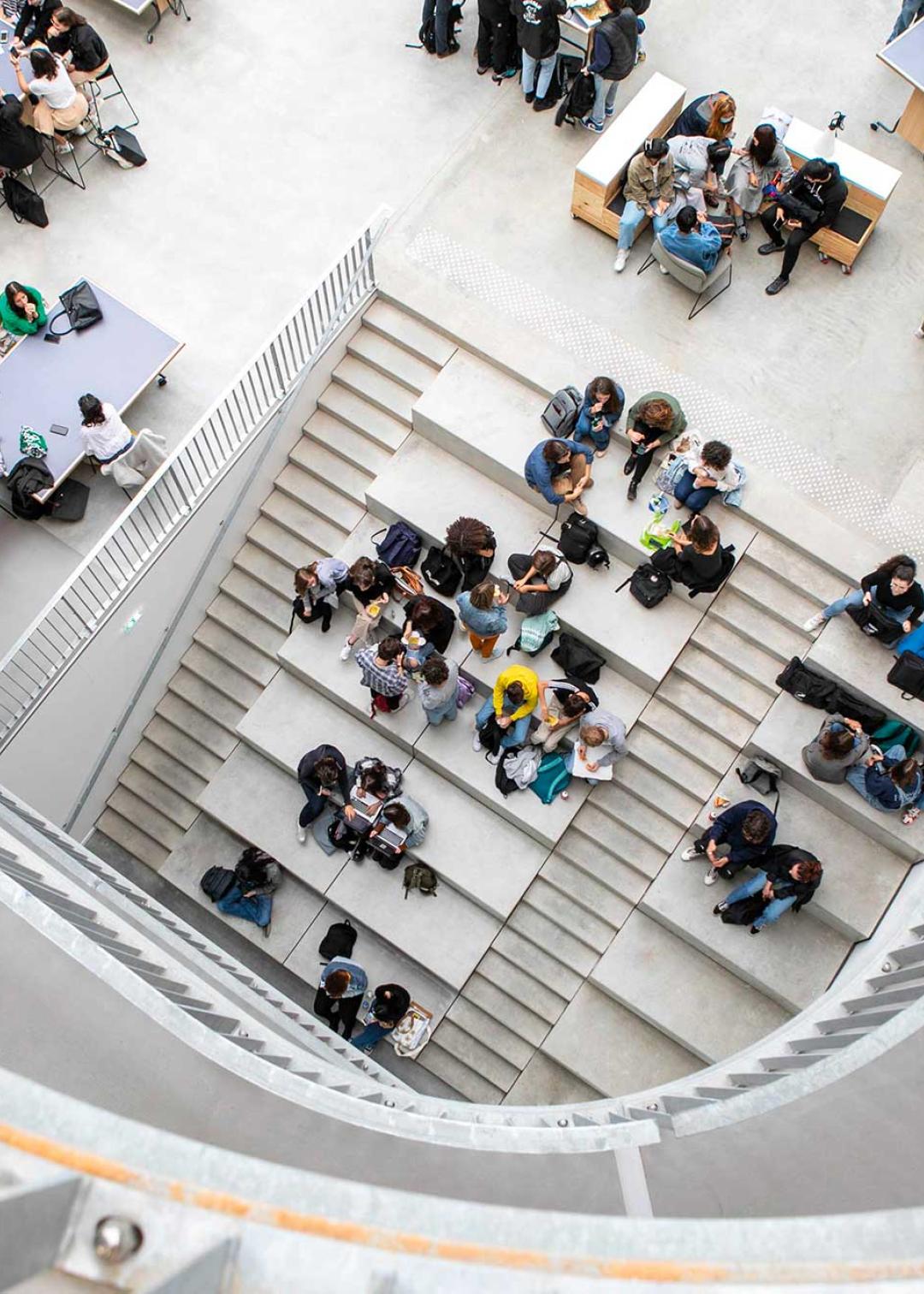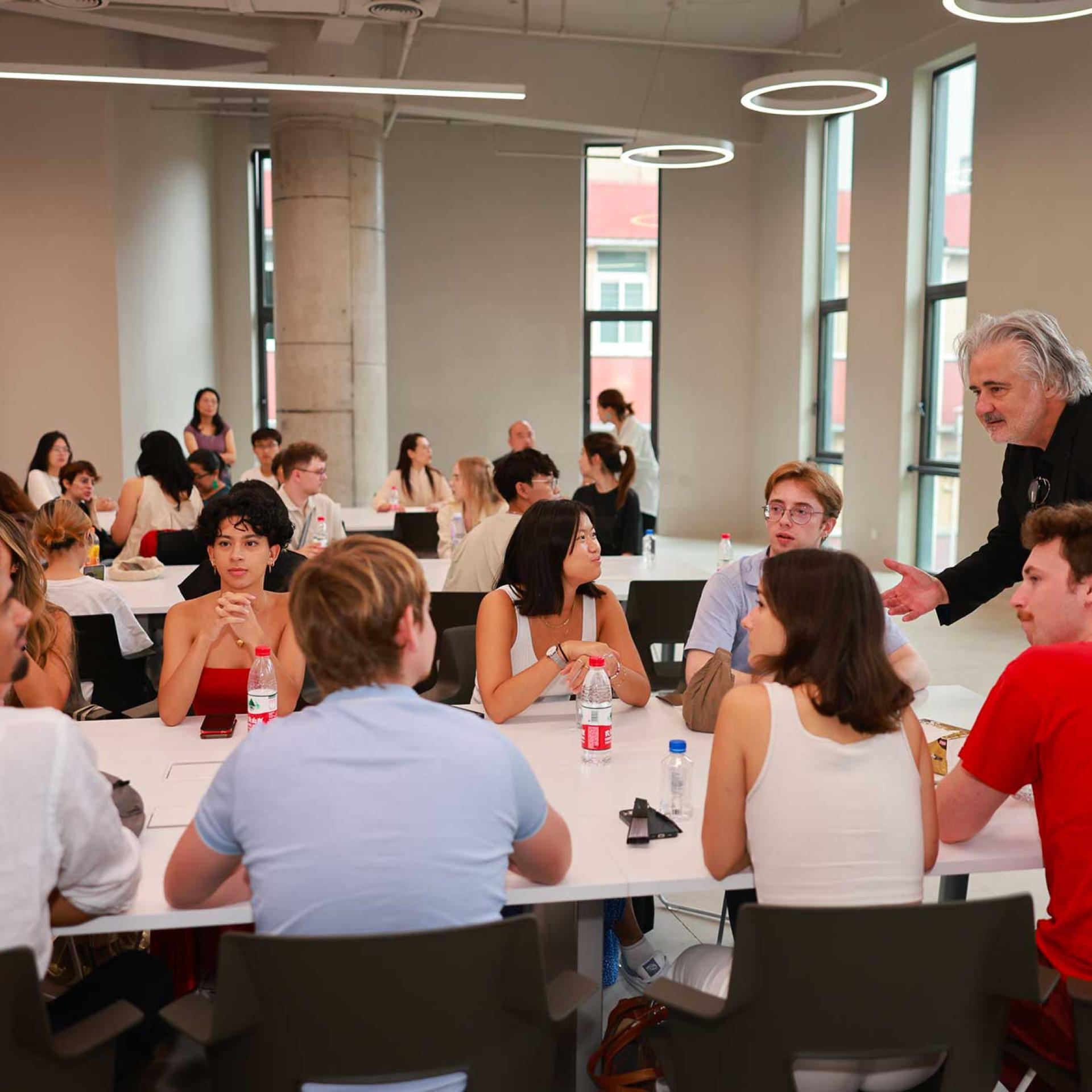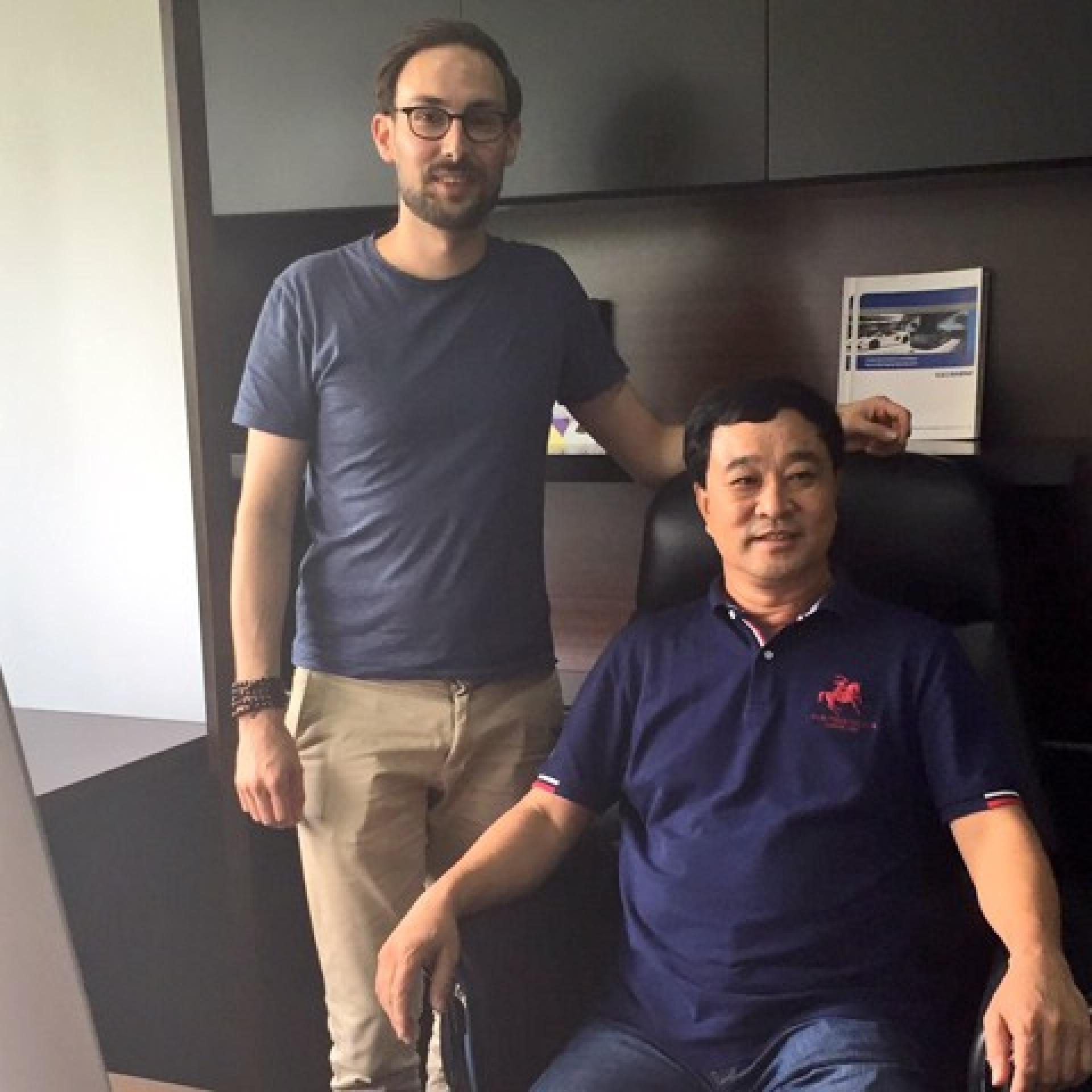
5 good reasons to study design in China
The school's China Studio offers design students with two years’ study at Master’s level degree program a totally immersive experience in China. A stepping stone to an international career.
1 – China: a life experience…
Since 2008, the school has offered student designers who join the China Studio the opportunity to experience a total immersion in China. Daily exposure to an environment that challenges all our cultural reference points.
“I feel like I’ve been here for ages,” explained Gaëlle, a 1st year student in China Studio, when interviewed recently by a journalist. “It’s a lifestyle which suits me just fine.”
2- Soak up Shanghai, where the soul of the city is revealed
A center of cultural exchange.
Shanghai is one of China's most international cities, attracts cultural, artistic and design talent from all over the world. Numerous exhibitions and and events take place here, making the city a key platform for the design industry. In addition, Shanghai has shaped by numerous multinational companies and multinational companies and exceptional foreign talent, which contributed to the rapid development of its cultural and creative fields, reinforcing its multicultural ambience.
Cultural innovation and openness
Shanghai fosters innovation and creativity, particularly particularly in the field of design. The city has become a global incubator for original works and design ideas, attracting design talent and institutions.
A dialogue between history and modernity
Shanghai harmoniously blends its history and modernity. The transformation of old industrial sites and the and the revitalization of traditional neighborhoods testify to the balance between innovation and heritage preservation.
Impossible to know what the Chinese are thinking: A “no” or “I didn’t understand” are usually implicit and you have to understand the hidden agenda behind a “yes”. "Perhaps” usually means “no”. A “yes” can also simply mean “yes, I understand/I hear you” without necessarily implying agreement or consent.
3 – A dedicated environment: the school's China Studio
L’École de design Nantes Atlantique has been established in the People’s Republic of China since 2007, first of all in Qingdao (Shandong) and, since 2010, in Shanghai, to promote the quality of French design, to train young designers (both French and foreign) in the reality of the Chinese context and prepare them for an international career.
Maxence Lucas (pedagogical manager) and Jia Quan (administrative manager) supervise a team of around twenty professionals, working alongside French and international students and international students in a dynamic academic environment.
Lecturers with eclectic, international backgrounds, from Shanghai's vibrant design scene, contribute to the 'international design strategy' master's level degree program and actively participate in the juries.
The China Studio, with a surface area of 200 m², is located on the campus of Shanghai University, in the Yan Chang Lu district. It comprises a living area, an open-plan classroom classroom and a model workshop, while benefiting from campus amenities (cafeteria and shops).
4 – A truly international experience, with a degree recognized in France and abroad
The master's level degree program teaches students how to decipher social uses and gain a better understanding of the Chinese market in order to propose relevant solutions tailored to the users, with an anthropological design approach. The internship experiences and the various working relationships that are part of the program also teach the young designers to work as part of an international team, bringing together a great variety of profiles and nationalities.
The courses are taught in English. For the practical projects carried out in partnership with local companies, the students form multi-disciplinary teams responsible for working on real orders for Asian clients. The program consists of four semesters organized on the basis of 30 ECTS credits (European Credit Transfer System) per semester. In the 1st semester, which starts in September, the students do an orientation seminar before beginning their internship in a company or agency. In the 2nd semester, teaching staff and professional designers put together a busy calendar alternating lessons and projects. The 3rd semester is devoted to individual work on a dissertation and an individual design project on the theme of interculturality.
The last semester is based on a workforce preparation internship, ideally carried out in Asia or at least in an international context.
The program follows the same teaching framework as the school's other master’s level degree programs and leads to the same qualification, the Design degree accredited by the Ministry of Higher Education.
The program includes specialized seminars and workshops around the subject of interculturality: design and anthropology, Mandarin, cross-cultural projects with local partners.
The final degree projects reflect all the questions and issues related to interculturality which the students have been immersed in for two years. Here are some examples:

Light On / 开 灯
In China’s megacities, traditional knowledge is gradually dying out, overshadowed by the context of ever-growing modernization. How can we protect this cultural heritage and renew it in an...

Have you eaten? / 你吃了吗 ?
More and more young Chinese are going abroad to study. Over time, they are faced with the problem of homesickness. How can we help them stay connected to their close family circle that is so important...
5 – A stepping stone towards an international career
This 'international design strategy' program is a real stepping stone towards an international career in design. Indeed, most of the students who complete this program start their career on the international scene.
Some of them become entrepreneurs like Baptiste Maingon, 2015 alumni, who co-founded Miio Studio in Shenzhen with a Chinese partner.
For Kévin Condette, 2014 alumni, lead creative designer in Altyor group, “Shanghai is a launch pad.” The scale of these young graduates’ projects is out of all proportion to what they could do in France; and the organizations which employ them put their faith and trust in them.
For Maxence Lucas, a 2015 alumnus, working as China Studio pedagogical manager: “you progress very quickly
quickly in China and you gain a lot of experience, maturity maturity and responsibility.”
Interested in the experience? Contact us by e-mail (international@lecolededesign.com) to find out more!

Throughout this master's level degree, students will learn to decipher the local behaviors and understand the Chinese market to offer a coherent project, adapted to users, with an anthropological...

The China Studio, opened in 2008 in Qingdao, was the first permanent branch of L'École de design Nantes Atlantique to be created. In 2010, the studio moved to Shanghai to benefit from a larger network...
News





value and adapt to change





